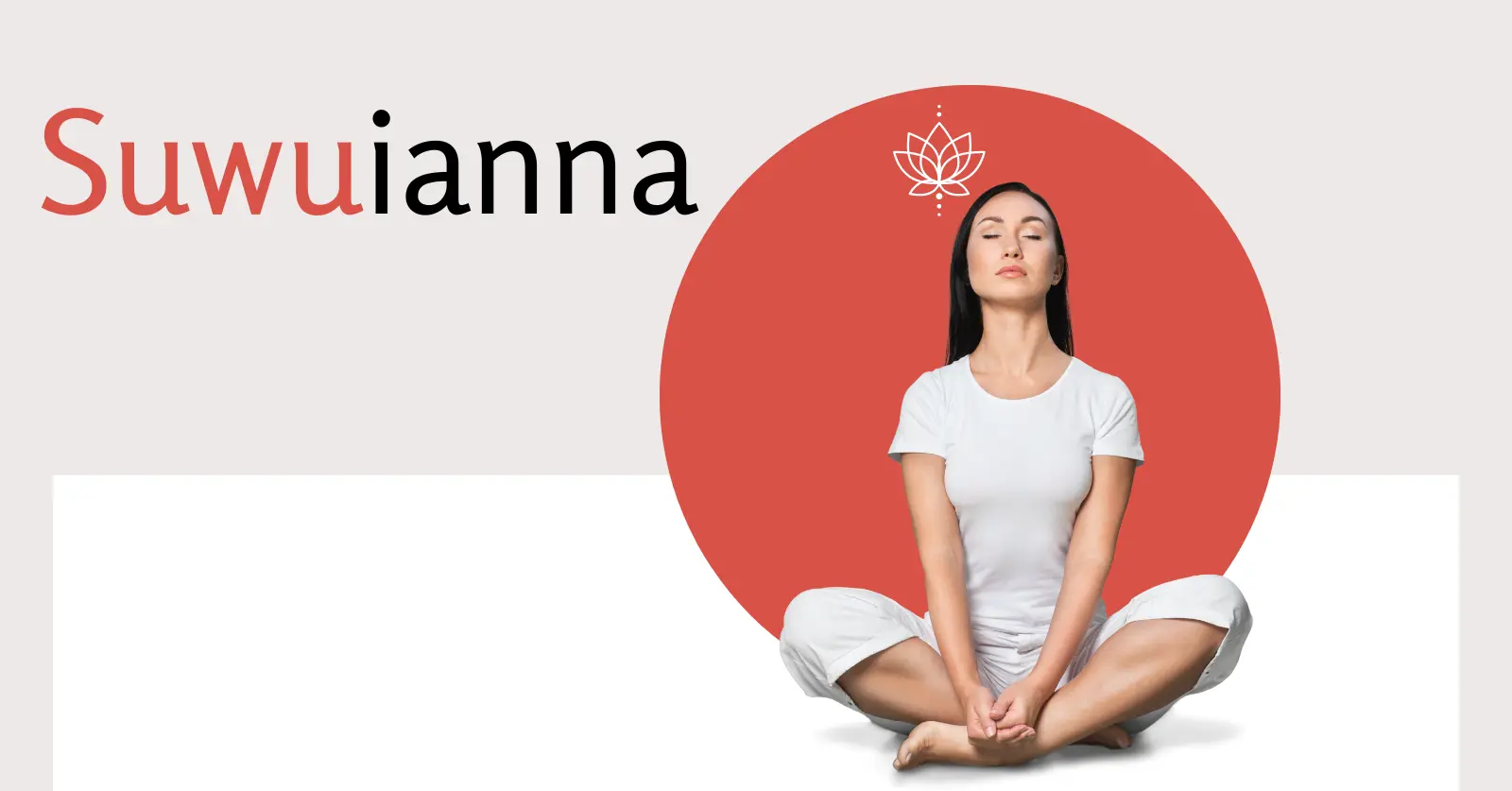Babies reach milestones in their way, some sit up early, others babble nonstop and a few can hop. If you’re a parent or caregiver and you see a baby that can hop you might be amazed or even worried.
But what does it mean when a baby starts hopping? Is it normal and should you encourage it? This post will cover everything you need to know about the weird and wonderful baby that can hop.
Baby That Can Hop
Picture your baby lifting themselves off the ground and hopping around laughing. While most parents are waiting for their child to take their first steps, some may see an earlier and more unexpected milestone: hopping.
It’s a weird skill that’s fun and fascinating and raises questions about its place in a baby’s overall physical development. Hopping although not as common as crawling or walking can be a sign of strong motor skills and coordination.
How Does Hopping Develop in Babies?
Hopping in babies is part of their natural progression of motor skills. As infants grow they start to test their abilities through movements like rolling, sitting, crawling, and eventually standing.
Hopping may develop after a baby has gained strength in their legs and balance. It’s often seen in babies who want to move and explore their environment and show an early interest in mobility.
Learning to hop involves a combination of curiosity, muscle strength, and coordination. Babies may first try to hop while holding onto furniture or a caregiver’s hands.
As they get more confident they may start to hop on their own, usually in a playful way. Hopping requires a baby to push off the ground with both feet, a movement that requires balance and strength.
Is Hopping in Babies Normal?
Hopping is not as common as other early movements like crawling or cruising but it’s not uncommon either.
Babies who hop tend to be very active and curious and love to move as much as they can. But not all babies will hop and that’s normal too. Just like some babies skip crawling and go straight to walking, others may skip hopping altogether.
Hopping is more likely to be seen in babies who are already confident with standing and cruising along furniture.
It’s a playful and spontaneous action that happens when a baby is excited or trying to imitate what they see around them, like older siblings jumping or dancing.
What Are the Benefits of Early Hopping?
Like any form of movement, hopping has many benefits. For one it helps strengthen a baby’s leg muscles which is good for later activities like walking and running.
Hopping also helps with balance and coordination as a baby has to stabilize their body as they push off the ground.
Also hopping can give a baby confidence in their physical abilities. When a baby finds out they can get themselves up off the ground it gives them a sense of achievement and encourages them to explore their environment more. This new confidence will lead to more play and faster development of other motor skills.
Hopping is also a great way for babies to burn off excess energy. Active babies love movement and may find hopping a fun way to interact with their environment. This physical activity is good for better health and helps with sleep patterns as it uses up energy.
What Do Doctors Say About Hopping Babies?
Doctors generally see hopping in babies as a good sign of motor development. It means a baby has developed muscle strength and coordination to perform more complex movements. But they also say every baby is different and not all will hop in the early stages.
If a baby is hopping, doctors may advise parents to encourage it in a safe and supportive environment. They may also remind parents that hopping is just one of many milestones and every baby will develop at their own pace. If a parent has any concerns about their baby’s development they should always consult a doctor.
Doctors also stress the importance of creating a safe space for babies who hop. Since hopping involves both feet leaving the ground there is a risk of falling or injury, especially on hard surfaces. Soft flooring like carpets or play mats can be a safer area for hopping.
How Can Parents Encourage Hopping in Babies?
If your baby is showing an interest in hopping there are several ways you can encourage and support this. First and foremost make sure your baby has a safe environment to explore.
Clear the floor of any sharp or hard objects and provide a soft surface like a play mat or carpeted area where your baby can hop without the risk of injury.
Interactive play is another way to encourage hopping. You can hold your baby’s hands lift them off the ground and mimic the hopping movement.
This not only helps them practice hopping but also builds their confidence. As they get more comfortable you can encourage independent hopping by standing a short distance away and inviting them to hop towards you.
Bouncy balls or soft play equipment can also encourage hopping. These will make hopping more fun and give your baby a reason to practice their new skill. Just make sure to watch your baby closely while they are using these.
Are There Any Concerns with Hopping in Babies?
While hopping is a big milestone, there are some things to be aware of. The main thing is the risk of injury. Since both feet are off the ground, there’s a chance your baby could lose their balance and fall. Keep an eye on your baby during this stage and make sure they’re hopping in a safe space.
Another thing to consider is if hopping is age and developmentally-appropriate for your baby. If your baby is hopping before they’ve mastered crawling or standing, talk to your pediatrician about it. It’s not a problem per se, but you want to make sure your baby is on track.
Also if hopping seems excessive or compulsive, talk to your pediatrician. While hopping is usually playful and random, excessive hopping might mean an underlying issue like hyperactivity or sensory processing disorder. But those are rare and most babies who hop do so in a healthy way.
How Does Hopping Compare to Other Early Movements?
Hopping is just one of many movements babies develop as they grow. It’s considered a more advanced movement than crawling or cruising because it requires strength and coordination.
Crawling and cruising are more common and necessary for basic motor skills, hopping adds an extra layer of physical ability and confidence.
Compared to walking, hopping is a more free-form movement. Walking is more goal-oriented, babies move from one point to another. Hopping is more playful and random. Babies do it for fun not for a specific purpose.
In terms of physical development, hopping can help build the muscles and coordination needed for more complex movements later on like jumping and running.
It also helps with balance as babies have to learn to stabilize themselves while lifting both feet off the ground.
What’s So Special About Hopping?
Hopping is special because not all babies will do it and it’s unexpected. While crawling, standing, and walking are expected and anticipated by most parents, hopping is a surprise.
What makes hopping special is the combination of strength, balance, and coordination it requires. It’s a movement that shows a baby’s growing physical abilities and their desire to explore the world. For parents, seeing their baby’s first hop is a big deal.
Hopping is also playful. Unlike walking which is usually a means to get from one place to another, hopping is done for fun. Babies may hop in place, giggle while doing so, or hop towards a toy or caregiver. It’s as fun as it is cool.
Potential Risks and How to Prevent Injuries
Like any physical activity, hopping comes with some risks, mainly the risk of falling. To reduce the risk of injury, make sure your baby is hopping on a soft surface.
Carpets, play mats, or grass are perfect for hopping. Don’t let your baby hop on hard surfaces like tile or hardwood floors, they can get hurt if they fall.
Supervise your baby when they’re hopping. Keep an eye on them especially if it’s their first time. Be ready to catch them if they lose balance or guide them if they seem unsure.
If your baby is hopping near furniture or objects, make sure there’s enough space for them not to bump into anything.
If your baby is hopping a lot, consider setting aside specific times for this activity in a controlled area. This will reduce the chances of them hopping in other parts of your home. You can also hop with them and hold their hands for extra support.
Tips to Support Your Hopping Baby
Supporting your hopping baby is a mix of encouragement, safety, and play. Here’s some tips to help:
- Safe Space: Give your baby a safe area to hop, soft flooring, and no sharp objects nearby. A designated play area will reduce the risk of injury.
- Encourage Movement: Play games that encourage hopping, bouncing with your baby, or dancing together. Hold your baby’s hands and gently help them hop to build their confidence.
- Celebrate Milestones: Cheer when your baby hops. Positive reinforcement will encourage them to develop new skills.
- Monitor Progress: Keep an eye on your baby’s overall development. If you have concerns about their motor skills or if hopping seems excessive, consult your pediatrician.
- Balance Activity with Rest: While it’s good to encourage movement, also make sure your baby has enough rest. Active play should be balanced with downtime to avoid overstimulation.
Conclusion: Celebrating Your Baby’s Uniqueness
Every baby is different and their milestones are just as unique. A baby that can hop is showing off their growing strength, coordination, and curiosity. Hopping might not be as common as crawling or walking but it’s a fun and impressive milestone that’s worth celebrating.
By giving them a safe environment, encouraging play, and being aware of their development, you can help them enjoy this stage. Whether your baby hops a little or a lot, it’s a sign they’re ready to explore the world and that’s something to cheer about.





